When exploring the Third Reich, it’s fascinating how art and ideology interwove to create a narrative that shaped an entire society. This tour highlights significant locations like Justizpalast and Königsplatz, revealing the chilling yet captivating influence of Nazi propaganda and the cult of personality surrounding Hitler. It raises important questions about how these artistic expressions manipulated public perception and the consequences that followed. But what about those who resisted this powerful machine? The stories of their bravery add another layer to this complex historical tapestry, inviting a deeper reflection on art’s role in both oppression and defiance.
Key Points
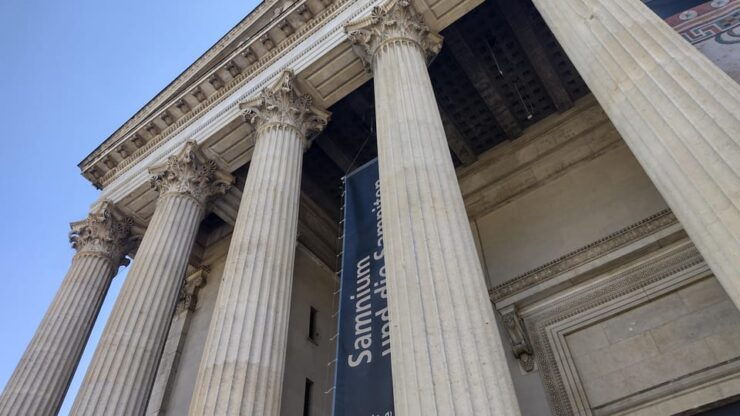
- The Third Reich’s ideologies merged mysticism with nationalism, fostering hatred and a false sense of destiny among followers.
- Art was weaponized as propaganda, glorifying Aryan ideals while censoring opposing views to control public perception.
- Significant locations, like Justizpalast and Künsterhaus, reveal how culture was manipulated to support Nazi ideologies.
- The cult of personality surrounding Hitler created unwavering loyalty, equating national identity with allegiance to his regime.
- Resistance movements, such as the White Rose, exemplified moral courage against oppressive ideologies, inspiring future generations.
Historical Ideologies of the Third Reich

The historical ideologies of the Third Reich, steeped in mysticism and spiritualism, evolved from seemingly harmless beginnings into a dangerous framework that shaped an entire regime’s worldview.
Initially, these ideas attracted individuals seeking deeper meaning in life, drawing them into a web of esoteric beliefs.
However, as the 19th-century philosophies intertwined with nationalist sentiments, they morphed into a toxic cocktail of hatred and intolerance.
This shift wasn’t just theoretical; it inspired artists and thinkers who propagated these ideologies, embedding them into the cultural fabric of society.
The allure of concepts like Atlantis and Thule captivated many, offering a false sense of destiny.
Ultimately, these ideologies laid the groundwork for a regime that would inflict unimaginable suffering.
Find more activities and experiences we've covered in Munich.
Artistic Contributions to Propaganda
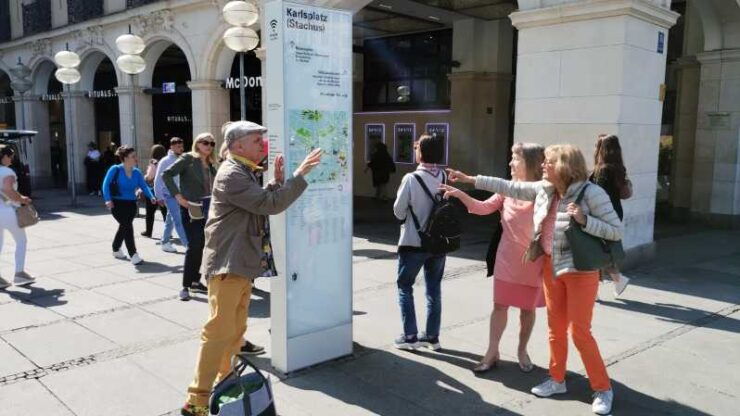
Art played a crucial role in the Nazi regime’s propaganda efforts, transforming cultural expressions into powerful tools for disseminating their ideology. The regime commissioned artists to create works that glorified their ideals, often depicting a romanticized vision of Aryan supremacy.
This manipulation of art extended to film, theater, and literature, where narratives reinforced their political messages. Public exhibitions showcased works that aligned with Nazi beliefs, while those deemed ‘degenerate‘ were censored or destroyed.
By controlling artistic output, the Nazis aimed to shape public perception and instill loyalty. Artists who conformed to these demands found success, while dissenters faced severe consequences.
Ultimately, the regime’s artistic contributions significantly impacted how society viewed their ideology, embedding these dangerous ideas into the cultural fabric of the time.
Tour Overview and Details
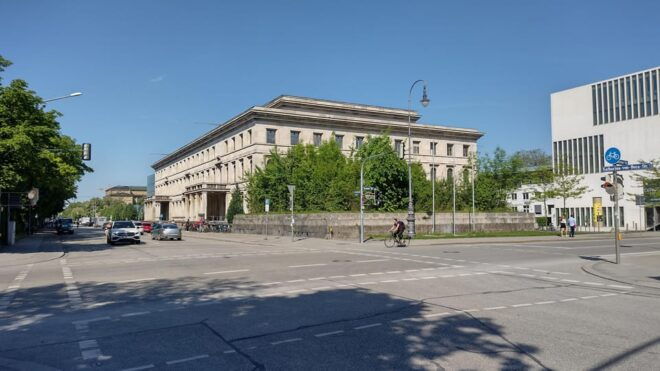
Exploring the intricate connections between art and ideology, the tour titled ‘Third Reich: Art, Cult and Ideology behind the tragedy’ invites participants to uncover the historical context and impact of Nazi propaganda through a guided experience.
This engaging two-hour tour, available in English and German, starts at Karlstor and concludes at Odeonsplatz, covering approximately 35 minutes of walking. Participants will enjoy a unique perspective as they visit significant sites like Justizpalast and Königsplatz.
With a price starting at $134.21, the tour is wheelchair accessible and includes a professional guide. Plus, there’s a convenient cancellation policy allowing free cancellations up to 24 hours in advance.
Reserve now and pay later to secure your spot on this enlightening journey!
Significant Locations Explored
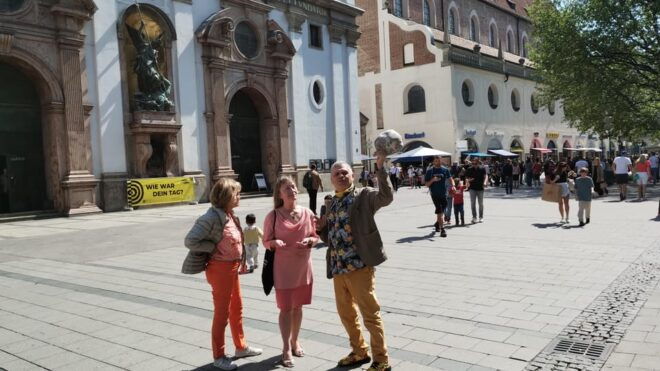
Significant locations throughout the tour reveal the profound connections between Nazi ideology and the cultural landscape of Munich.
At the Justizpalast, visitors witness the site where legal justifications for oppressive laws were crafted.
The Künstlerhaus am Lenbachplatz highlights how art was manipulated to support Nazi propaganda.
Meanwhile, the Königsplatz served as a grand stage for rallies, showcasing the regime’s obsession with spectacle.
Each location provides a unique insight into how culture intertwined with ideology, shaping public perception.
The Square for the Victims of National Socialism stands as a somber reminder of the consequences of these ideologies.
Together, these sites create a compelling narrative that encourages reflection on the past and its lingering effects on society today.
More Great Tours NearbyThe Cult of Personality
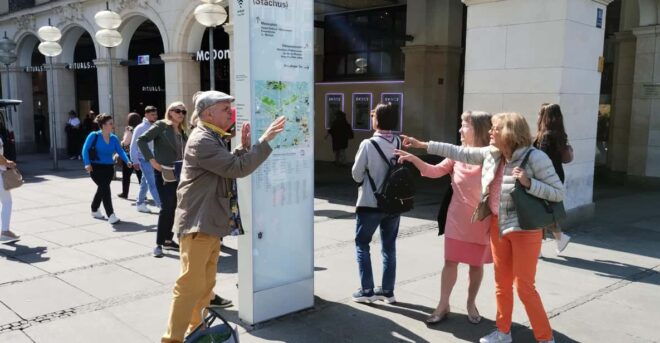
The profound impact of Nazi ideology wasn’t just felt in laws and art; it also thrived on the cult of personality surrounding figures like Adolf Hitler, who became a symbol of the regime’s ideals and ambitions.
This carefully crafted image turned Hitler into a messianic figure, celebrated in grand rallies and propaganda films. His presence overshadowed individual contributions, making it hard for anyone else to shine.
People were drawn in by his charisma and promises of national revival, creating a deep emotional connection. This connection not only fueled loyalty but also stifled dissent, as questioning Hitler was akin to questioning the nation itself.
Ultimately, this cult of personality played a crucial role in facilitating the regime’s horrific policies and actions.
Misconceptions in Modern Media
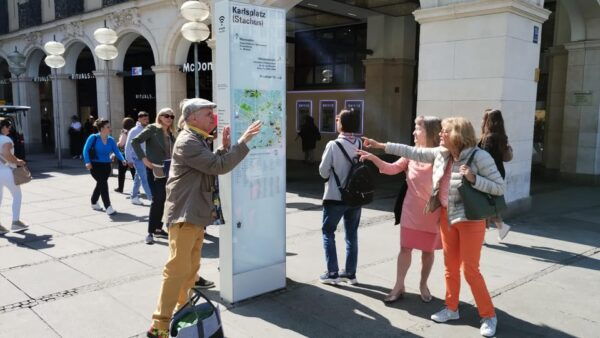
Misconceptions about the Third Reich often stem from sensationalized portrayals in films and television, which can distort the reality of Nazi ideology and its impact on society.
Many people believe that these media representations accurately depict history, but they often focus on shock value rather than factual accuracy. For instance, films might exaggerate the power of Nazi symbols or caricature key figures, leading to misunderstandings about the regime’s complexities.
Plus, the glorification of certain narratives can overshadow the genuine suffering experienced by millions. By emphasizing entertainment over education, modern media risks fostering a skewed perception of a dark chapter in history.
Engaging with credible sources is essential for grasping the true nature of the Third Reich and its lasting implications.
Resistance Movements in Bavaria
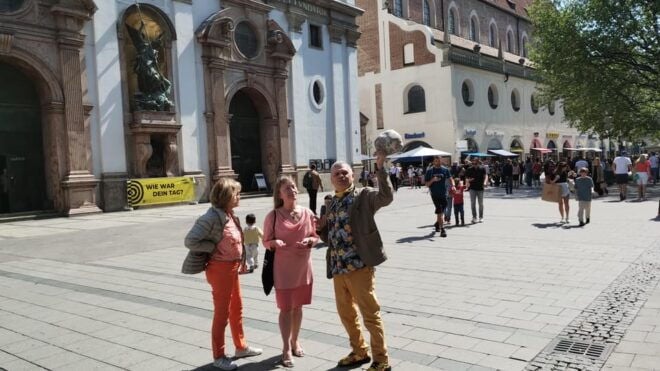
Throughout history, various resistance movements in Bavaria courageously challenged the oppressive regime of the Third Reich, often risking their lives to stand up for freedom and justice.
Groups like the White Rose, composed of university students, bravely distributed leaflets opposing Nazi ideologies. Their poignant messages highlighted the importance of individual conscience and moral integrity in the face of tyranny.
Other movements, such as the Bavarian People’s Party, sought to undermine Nazi policies through political means.
The bravery of these resistance fighters not only showcased their commitment to human rights but also inspired future generations to question authority and fight against injustice.
Their legacy serves as a powerful reminder of the impact of collective courage in the darkest of times.
Participant Guidelines and Considerations
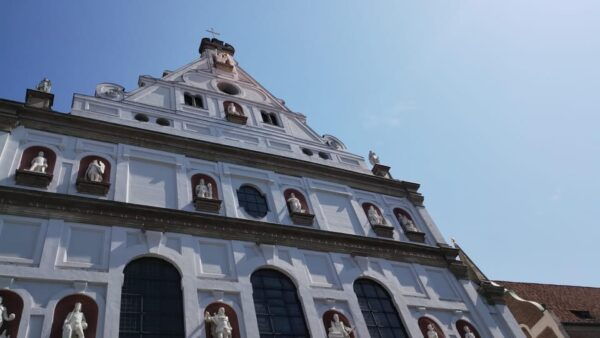
Understanding the brave efforts of resistance movements in Bavaria provides a backdrop for participants to appreciate the significance of the guidelines and considerations they should keep in mind while exploring this historical tour. These guidelines ensure a respectful and informative experience for everyone involved.
| Consideration | Details | Importance |
|---|---|---|
| Age Restrictions | Not suitable for under 12 or over 95 | Ensures safety and comprehension |
| Prohibited Items | Alcohol, drugs, recording devices | Maintains focus and respect for the subject |
| Group Size | No bachelor/bachelorette parties | Preserves the tour’s integrity |
| Accessibility | Wheelchair accessible | Inclusive for all participants |
| Cancellation Policy | Free cancellation 24 hours in advance | Offers flexibility and peace of mind |
Frequently Asked Questions
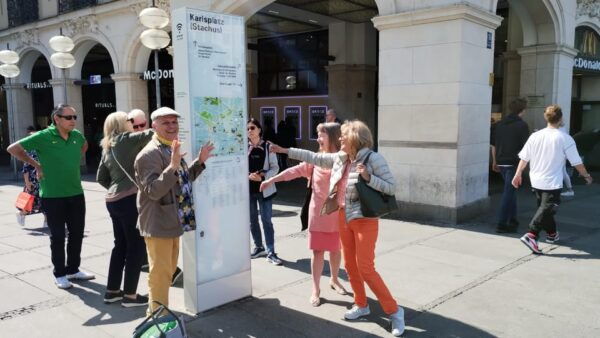
What Is the Meeting Point for the Tour?
The tour’s meeting point is Karlstor. Participants gather there before embarking on their journey through history. It’s easy to find, and guides will be ready to welcome everyone and start the experience.
Is the Tour Suitable for Individuals With Disabilities?
The tour’s wheelchair accessibility ensures everyone can participate comfortably. It allows individuals with disabilities to enjoy the historical insights without worry, making it a thoughtful choice for those seeking an enriching experience.
Can I Bring My Child on the Tour?
She can’t bring her child on the tour, as it’s not suitable for those under 12 years old. The guide ensures a focused experience, so it’s best to arrange alternative activities for younger kids.
Are There Any Age Restrictions for Participants?
Yes, there are age restrictions for participants. The tour isn’t suitable for children under 12 or individuals over 95. It’s designed to ensure a comfortable and engaging experience for all attendees.
What Is the Cancellation Policy for the Tour?
The cancellation policy allows participants to cancel up to 24 hours in advance for a full refund. It’s a flexible option, ensuring they can plan their visit without worrying about last-minute changes.
The Sum Up
As participants explore the intertwining of art and ideology on the ‘Third Reich: Art, Cult and Ideology Behind the Tragedy’ tour, they’ll gain a deeper understanding of how propaganda shaped society.
Visiting significant sites like Justizpalast and Königsplatz, they’ll witness firsthand the chilling legacy of these ideologies.
This journey not only honors those who resisted but also challenges each person to reflect on the power of art in shaping our world today.
You can check availability for your dates here: More Great Tours NearbyMore Tour Reviews in Munich
Looking for something different? Other Munich activities we've written about
- 2 Hours Best of München Sightseeings Tour
- A Full-Day Walking Tour of Munich
- Art Nouveau Meets Street Art in Munich
- Aschheim: Distillery Tour with Tasting and Buffet
- Bavarian Bus Tours Sightseeing Munich with free drinks
- Comedy City Battle: München – Augsburg 12.09.2025
- Create Street Art in Munich’s Creative Soul
- Dachau Memorial Site Tour With Small Group
- Explore Nymphenburg Palace with an Architect & Guide
- From Munich: Private Day Trip to the Berchtesgaden Alps
- From Munich: Premium Neuschwanstein Castle & Linderhof Tour
- From Munich: Neuschwanstein & Linderhof Castle Full-Day Trip
